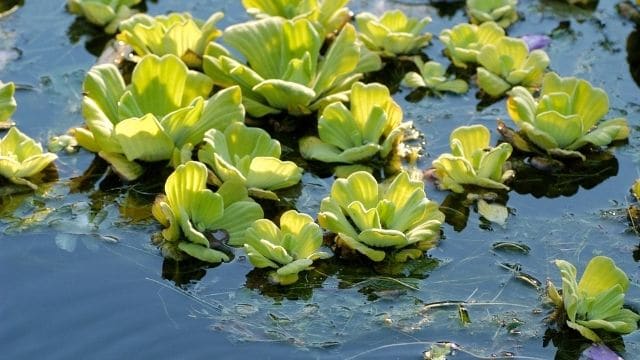Topic Content:
- Introduction
- Adaptation of Terrestrial Plants to Their Habitat
- Adaptation of Terrestrial Animals to Their Habitat
- Adaptation of Aquatic Animals to Their Habitat
- Adaptation of Aquatic Plants to Their Habitat
In order to live and reproduce in their particular habitats, living organisms develop special features which may be structural, functional, or behavioural.
Any special feature that helps an organism to live and survive, in a particular habitat, is called an adaptation.
Different types of organisms, found in terrestrial and aquatic habitats, have different adaptations to the environment.
Adaptation of Terrestrial Plants to Their Habitat:
1. Possession of a long taproot system for water absorptionAbsorption is the movement of digested food molecules from the digestive system into the blood (glucose and amino acids) and lymph (fatty acids and glycerol). The small intestine absorbs most of... More.
2. Some have tiny leaves to reduce the amount of water loss to the atmosphere during transpirationPlants absorb a lot of water and transpiration is a means by which excess water is removed More.
3. Some have developed water-storage tissues in their leaves and stems, during the dry season. They use the water stored in their tissues.
4. Leaves are carried by the stem, for maximum absorption of light and carbon IV oxide.
Adaptation of Terrestrial Animals to Their Habitat:
1. Possession of limbs for movement on land, for example, monkeys.
2. Possession of an efficient kidney which regulates water loss from the body, for example, man.
3. Possession of a shell that covers the body, for example, snails.
4. Possession of cuticles that covers the body to regulate water loss, for example, insects.
5. Possession of feathers on the body by birds, regulates water loss and wings for flying.
6. Possession of sticky claws for clinging onto the wall, for example, lizards.
7. Presence of dry scales by lizards to prevent loss of water.
Adaptation of Aquatic Animals to Their Habitat:
1. Possession of fins and tails for swimming and balance in water, for example, fish.
2. Streamlined body shape for movement in water, for example, fish and toads.
3. Possession of webbed feet for swimming, for example, ducks.
Adaptation of Aquatic Plants to Their Habitat:
1. They have poorly developed root systems or small root systems.
2. Some have light bodies for floating, for example, water lettuce.
3. Some have air storage tissues, for example, water lilies.
4. Leaves of aquatic plants have large air spaces for oxygen absorption.




Perfect summary of adaptation
Thank for contribution
Wow so cool